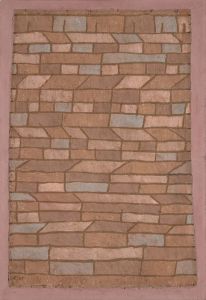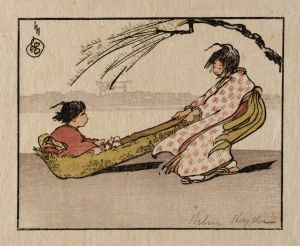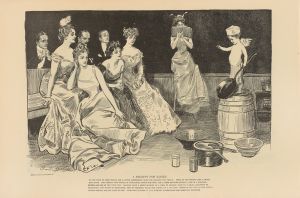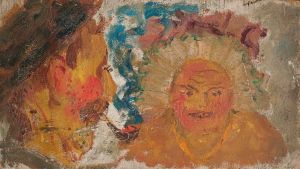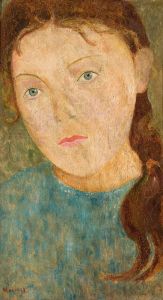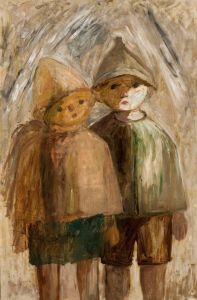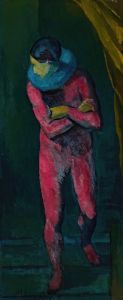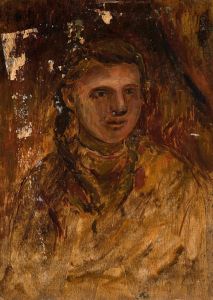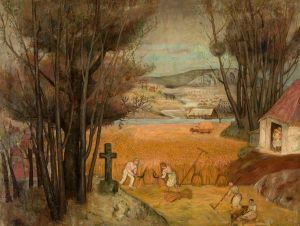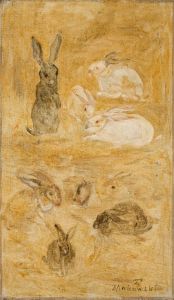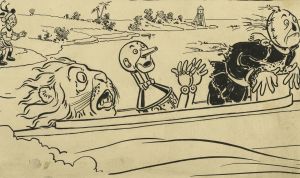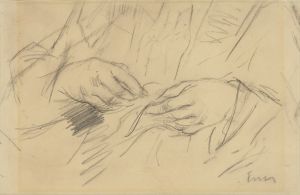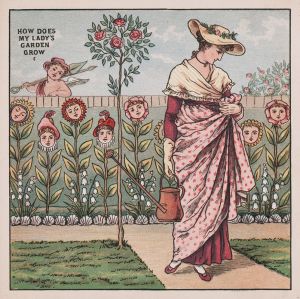
Children in disguises
A hand-painted replica of Tadeusz Makowski’s masterpiece Children in disguises, meticulously crafted by professional artists to capture the true essence of the original. Each piece is created with museum-quality canvas and rare mineral pigments, carefully painted by experienced artists with delicate brushstrokes and rich, layered colors to perfectly recreate the texture of the original artwork. Unlike machine-printed reproductions, this hand-painted version brings the painting to life, infused with the artist’s emotions and skill in every stroke. Whether for personal collection or home decoration, it instantly elevates the artistic atmosphere of any space.
"Children in Disguises" is a painting by the Polish artist Tadeusz Makowski, created in 1929. Makowski, born on January 29, 1882, in Oświęcim, Poland, was a prominent painter known for his unique style that combined elements of folk art with modernist influences. He spent a significant part of his career in France, where he was influenced by the works of Paul Cézanne and the Cubist movement.
The painting "Children in Disguises" (original title in Polish: "Dzieci w przebraniach") is a notable example of Makowski's fascination with childhood and his ability to capture the innocence and playfulness of children. The artwork depicts a group of children dressed in various costumes, engaging in what appears to be a playful masquerade. The children are shown in a simplified, almost geometric form, which is characteristic of Makowski's style. This approach reflects his interest in the purity and simplicity of children's art, as well as his admiration for the directness and honesty found in folk art.
Makowski's use of color in "Children in Disguises" is both vibrant and subtle, with a palette that includes earthy tones and muted hues. This choice of colors enhances the nostalgic and whimsical atmosphere of the scene. The background is kept relatively simple, allowing the focus to remain on the children and their costumes. The composition is balanced and harmonious, with each child occupying a distinct space within the painting, yet all contributing to the overall unity of the piece.
Throughout his career, Makowski often returned to the theme of childhood, creating numerous works that explore the world of children and their imaginative play. "Children in Disguises" is a testament to his ability to convey the joy and creativity of childhood through his art. The painting is also reflective of the broader cultural context of the early 20th century, a time when artists were increasingly interested in exploring themes of innocence, simplicity, and the everyday lives of ordinary people.
Tadeusz Makowski's work, including "Children in Disguises," has been exhibited in various galleries and museums, both in Poland and internationally. His paintings are appreciated for their unique blend of modernist techniques and folk art traditions, as well as their ability to evoke a sense of nostalgia and wonder. Makowski passed away on November 1, 1932, in Paris, but his legacy continues to be celebrated through his contributions to the world of art.
In summary, "Children in Disguises" by Tadeusz Makowski is a charming and evocative painting that captures the essence of childhood play and imagination. Through his distinctive style and thoughtful composition, Makowski invites viewers to appreciate the beauty and simplicity of children's world, making this work a significant piece in his artistic oeuvre.





